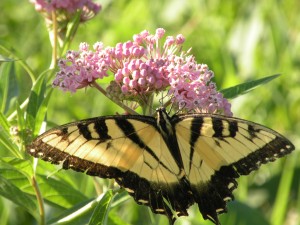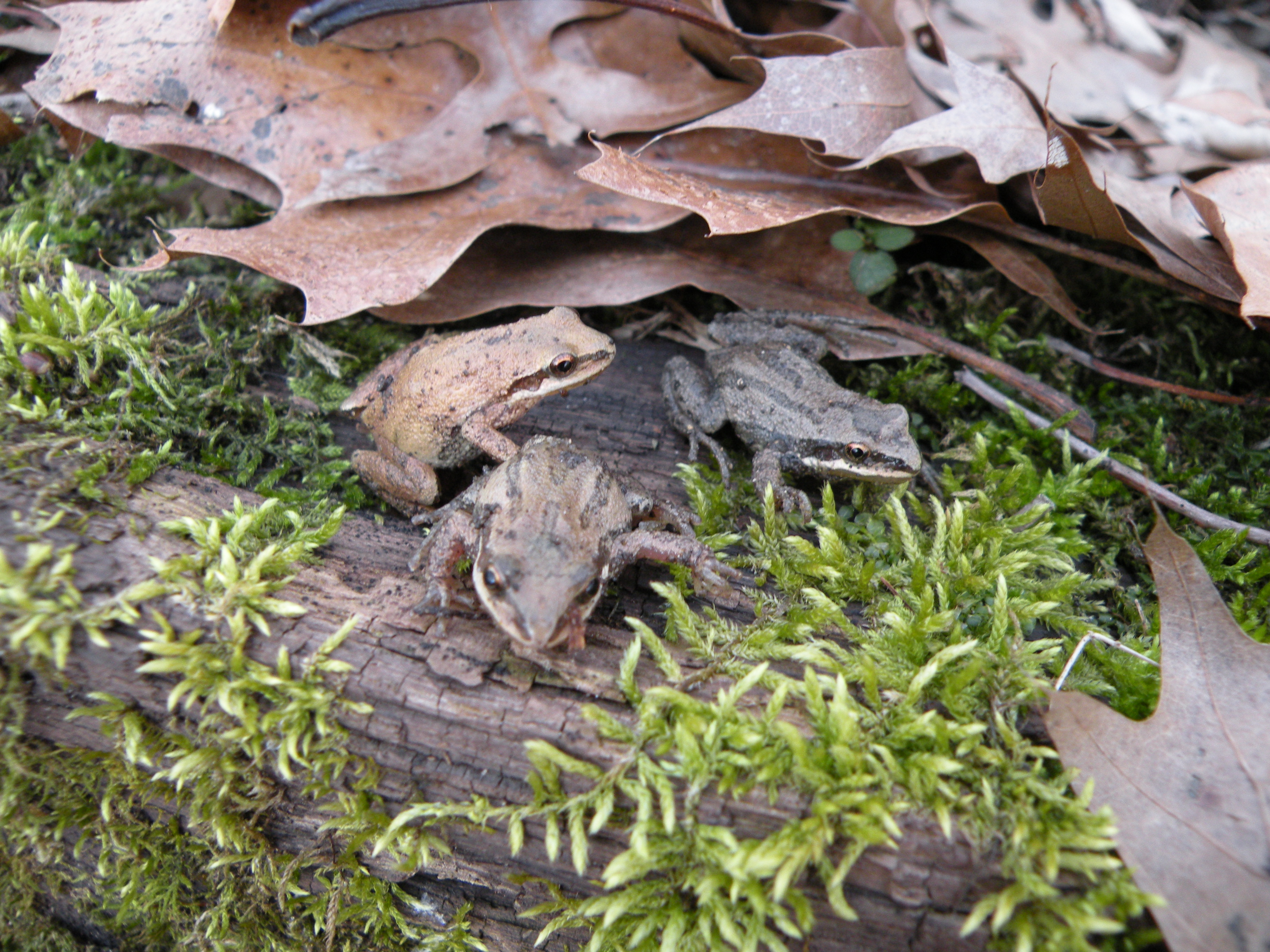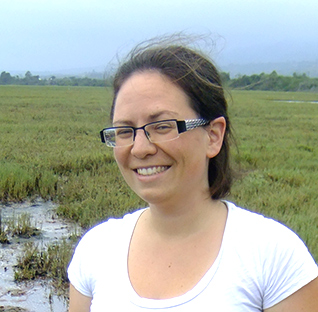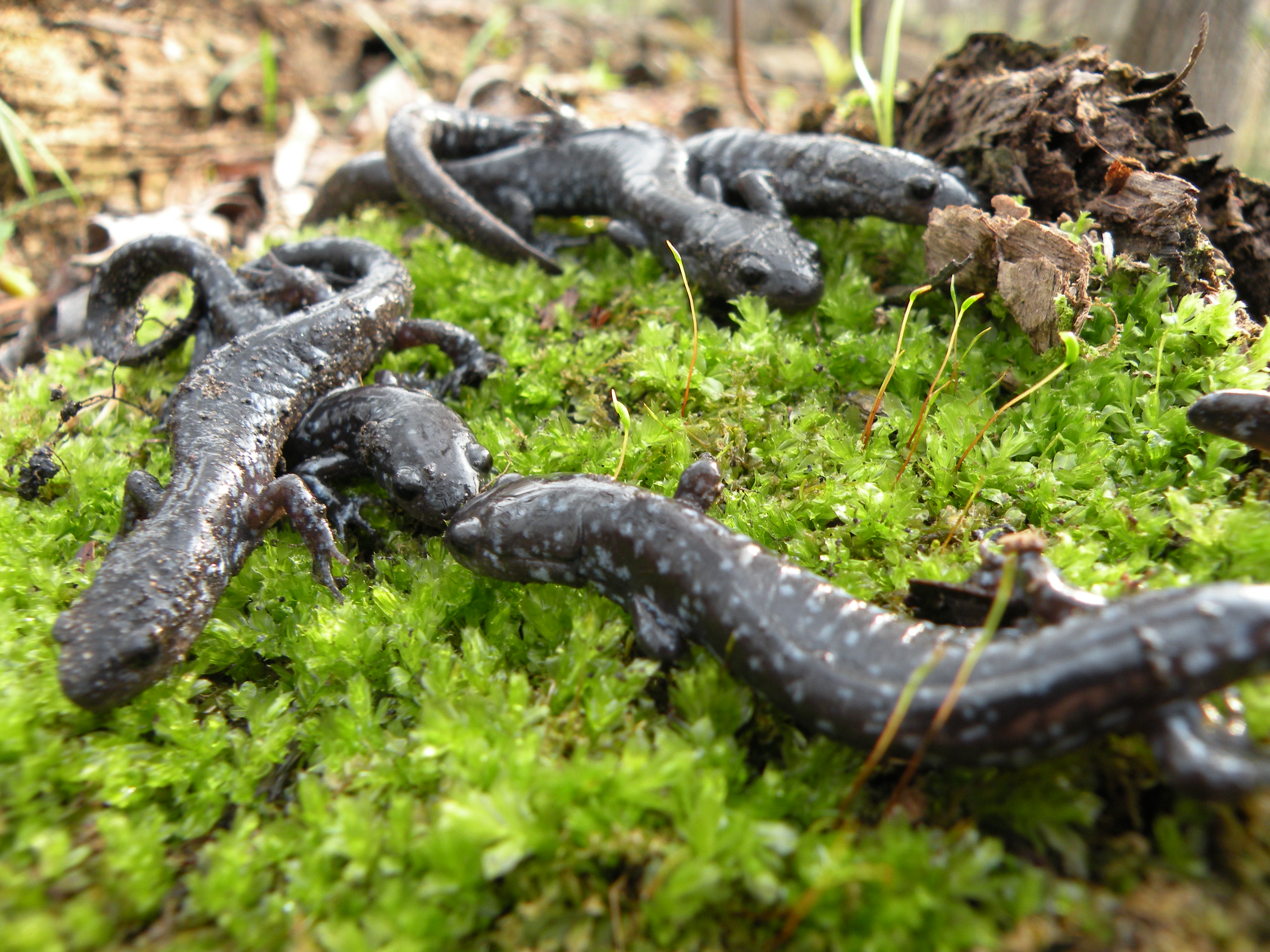This post is the combined effort of myself and my best bud Tiffany Holmes, who is walking to raise money for her favorite local wetland. Check out her donation site here.
 What are wetlands?
What are wetlands?
According to the EPA, wetlands are “those areas that are inundated or saturated by surface or groundwater at a frequency and duration sufficient to support, and that under normal circumstances do support, a prevalence of vegetation typically adapted for life in saturated soil conditions. Wetlands generally include swamps, marshes, bogs and similar areas.” Check out the EPA’s site here for more general information on wetlands.
Why should you care?
Whether you’re more economically minded or more biologically minded, you should care about wetland conservation. Wetlands provide numerous ecosystems services. For example, wetlands such as salt marshes provide a buffer between the ocean and the land. This means that wetlands take the brunt of large storms, protecting the upshore area (where we tend to live). They can also accommodate large quantities of water, which protects upshore areas from flooding.
Wetlands are also huge, natural (i.e., FREE!) water-treatment facilities. The water that passes through wetlands is filtered through layers of roots and soil, which removes pollutants. In fact, many cities have implemented rain gardens or man-made wetlands into their water treatment plants (including Lansing, MI, see here and here). Wetlands also filter out a lot of sediment and pollutants, which cleans up water for our use (but wetlands can only do so much, so too much pollution can overwhelm a wetland). For tons of information about the ecosystem services provided by wetlands, check this out.
 As a biologist, I get excited about wetlands because they are also major diversity hotspots. In fact, wetlands are considered some of the most biodiverse ecosystems on that planet! Not only do they support lots of species found only in wetlands, but a lot of species that you don’t think of as being associated with wetlands will pass through a wetland during a critical period in its development. For example, up to 75% of the USA-associated animals caught in the fisheries trade relied on estuaries (a type of wetland) at some point (Clean Water Network). For more information on the importance of estuarine fish and shellfish to fisheries, check out this NOAA report.
As a biologist, I get excited about wetlands because they are also major diversity hotspots. In fact, wetlands are considered some of the most biodiverse ecosystems on that planet! Not only do they support lots of species found only in wetlands, but a lot of species that you don’t think of as being associated with wetlands will pass through a wetland during a critical period in its development. For example, up to 75% of the USA-associated animals caught in the fisheries trade relied on estuaries (a type of wetland) at some point (Clean Water Network). For more information on the importance of estuarine fish and shellfish to fisheries, check out this NOAA report.
Risks to wetland habitats:
Because of human activity, fewer than half of all wetlands that were present in the 1600’s are present today. Wetland loss is not evenly distributed, and states such as Ohio and California have lost as much as 90% of their wetland habitat (EPA). Lots of factors have contributed to the decline of wetland habitat in the US. Among them:
1) Real estate: Wetland habitat is often found in prime real estate locations. For example, salt marshes are found near oceans, and may be drained to build ocean-adjacent housing.
2) Farming: Historically, lots of wetlands were drained and turned into farmland.
3) Mosquito control: The stagnant water often found in wetlands can provide a breeding ground for mosquitos. Many wetlands were thus drained to control mosquito populations and decrease the risk of diseases associated with mosquitos. Some research suggests, however, that healthy wetlands actually don’t support mosquito populations anywhere near as large as we once believed, because healthy wetlands support lots of predators of mosquito larvae and this controls mosquito population size. That being said, unhealthy wetlands (like those inundated with pollution) probably do not support large populations of mosquito-eating predators.
4) Pollution: Run-off from farms or roads often ends up in wetlands, and the pollutants carried by this run-off accumulate over time.
How can you help?
One way you can help is by supporting local wetland restoration efforts in your area. This EPA website can help you locate local groups doing wetland restoration or conservation, and you can either donate or volunteer your time. Below is information about how to support a group found in Indiana that is working on wetland restoration:
Little River Wetlands Project is a nonprofit land trust that restores and preserves wetlands in the Little River valley in the vicinity of Fort Wayne, Indiana. Wetland ecosystems have been destroyed at an astounding rate in the Midwest–mainly for farm land. These habitats are integral to the life cycle of many species, including indicator species (such as amphibians) and migratory shore birds.
LRWP is a great example of conservation on a local level. Run and staffed by volunteers, and funded in great part by private donations, they protect nearly 1,200 acres of land. Their preserves are home to a number of state and federally endangered species that require wetland habitats in their lifecycles. In addition, they provide free programs, including themed nature hikes and educational programs, to the public.
LRWP is a small organization, so every donation counts. Funds raised during Walk for the Wetlands will be put to good use as LRWP seeks to procure, restore, and protect more land.
To see a great synopsis of what LRWP is all about, check out this video the local PBS station did about them a couple of years ago.
Tiffany Holmes is Walking for the Wetlands, and you can support her (and the Little River Wetlands Project!) here.


I like the way you reference everything you inform, it is really very scientific (like a published article in a journal). In a way, it sounds like a wiki too. It means you know what you’re talking about (or at least that you have made the effort to make the links).
I like also the fact that you reference EPA a lot. I have not been in their page but I have heard many times that they do a very decent job (e.i. everyone loves them) gathering relevant data, arranging it and giving it away to the public.